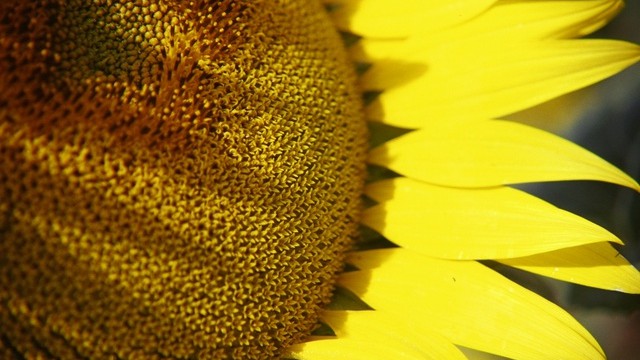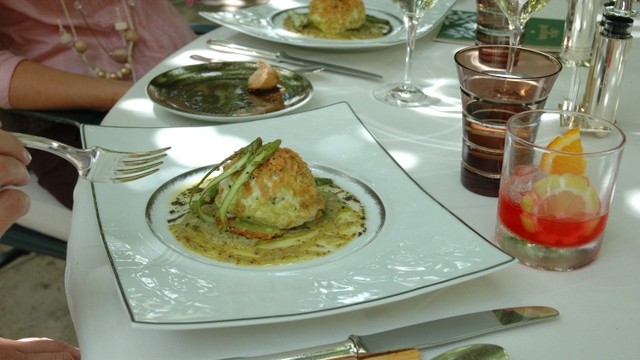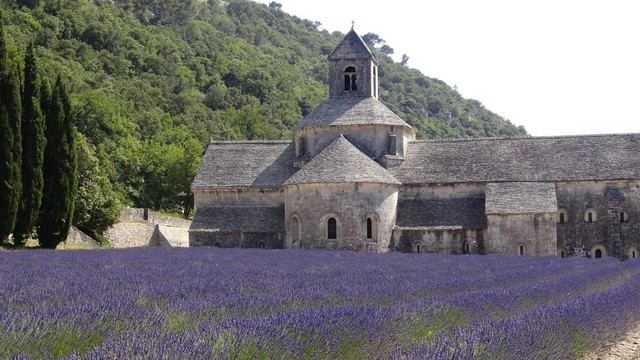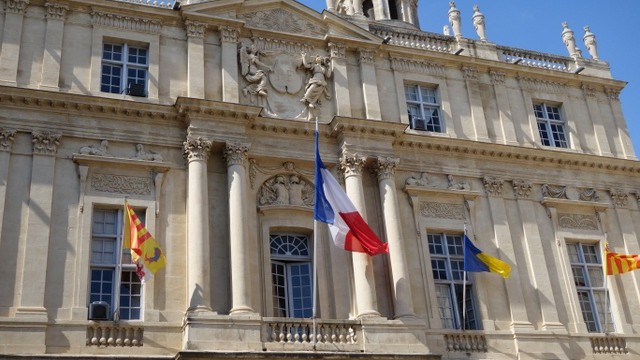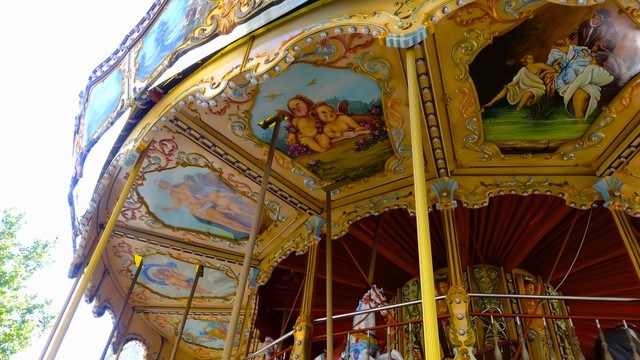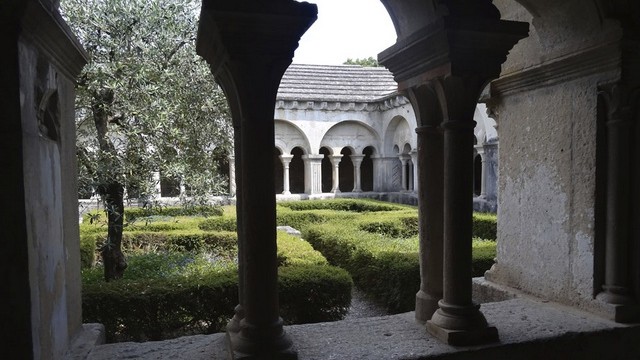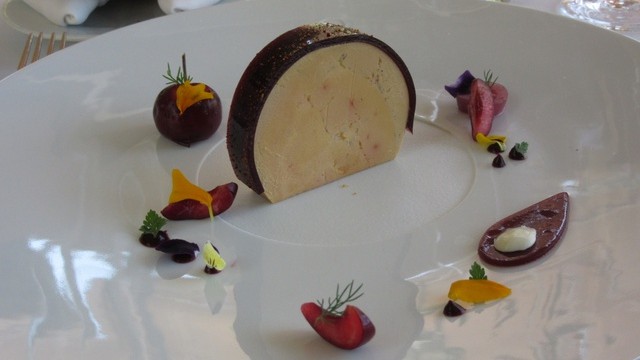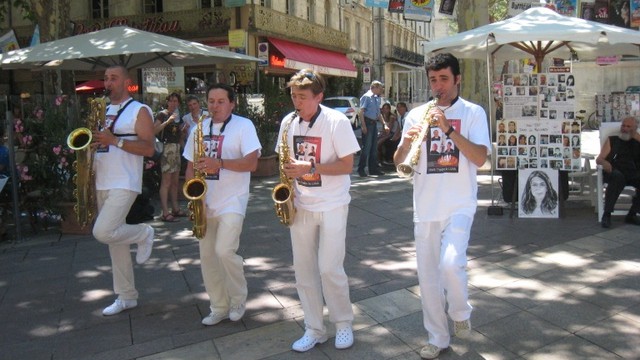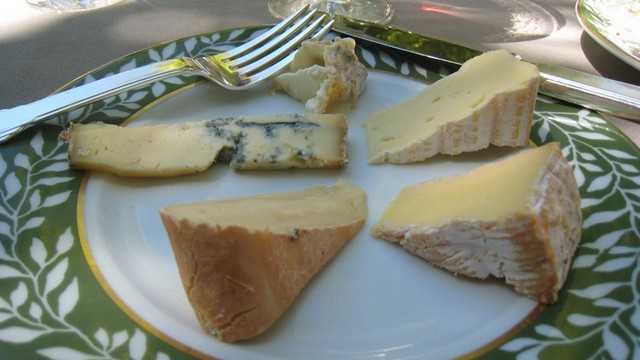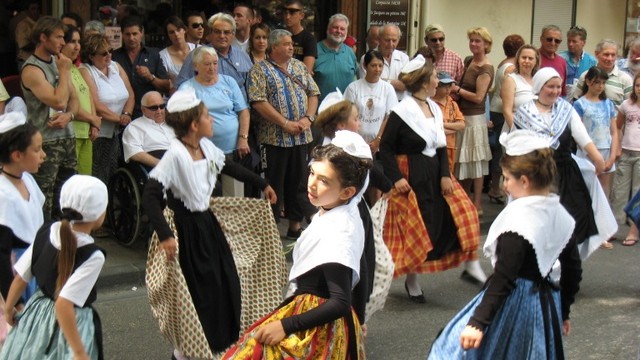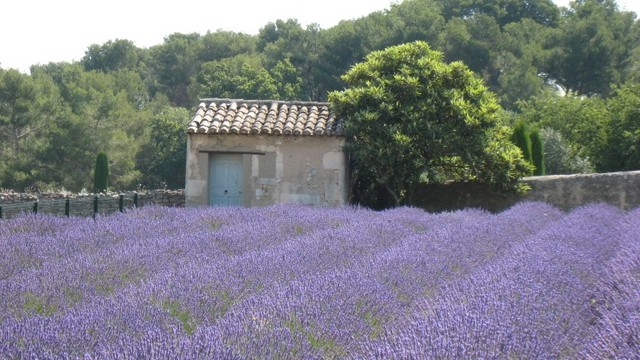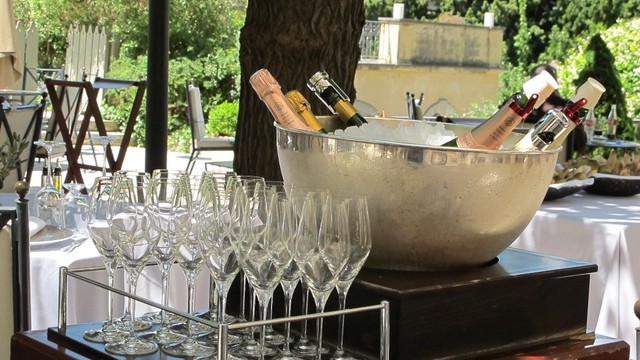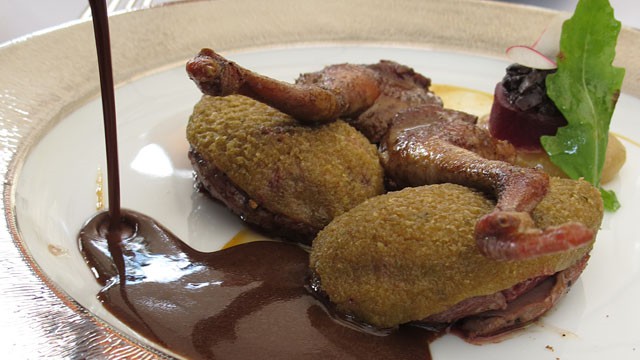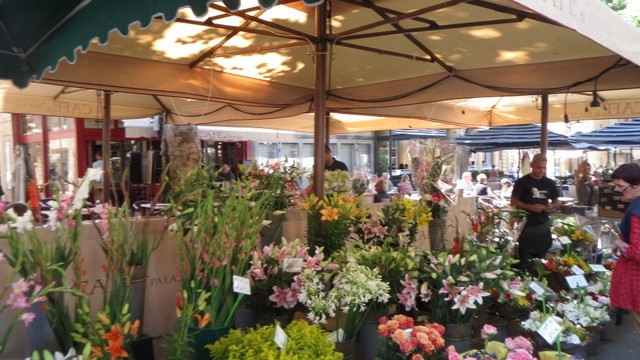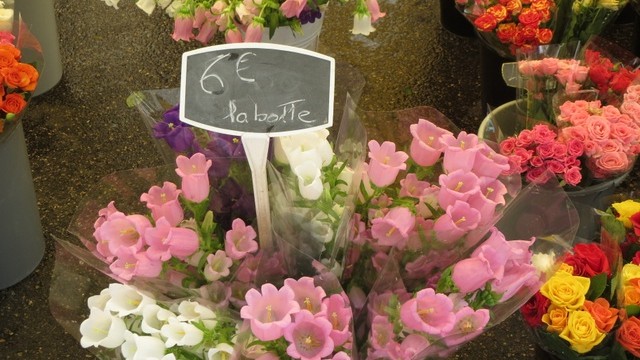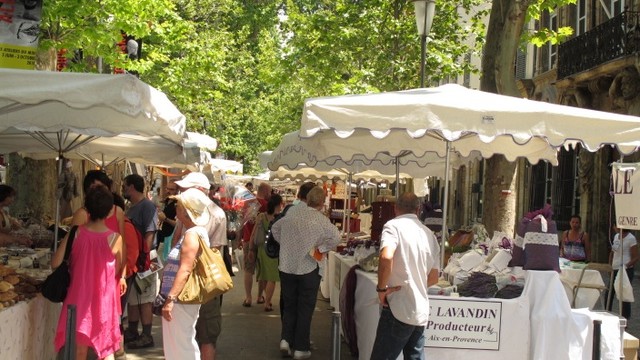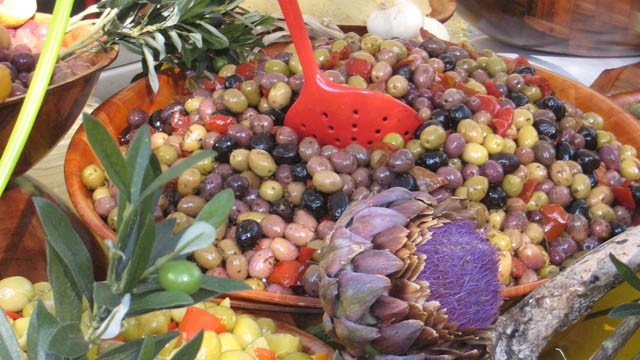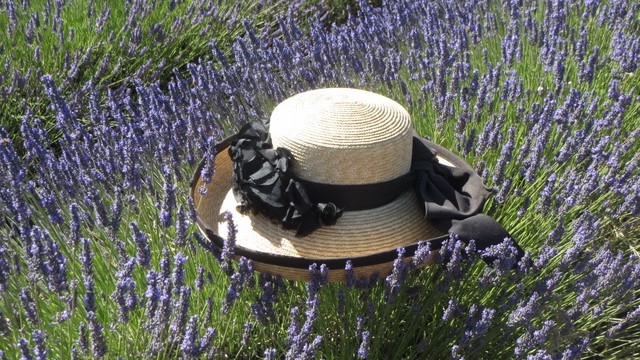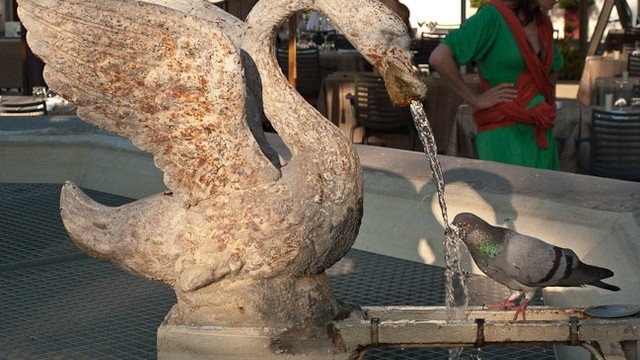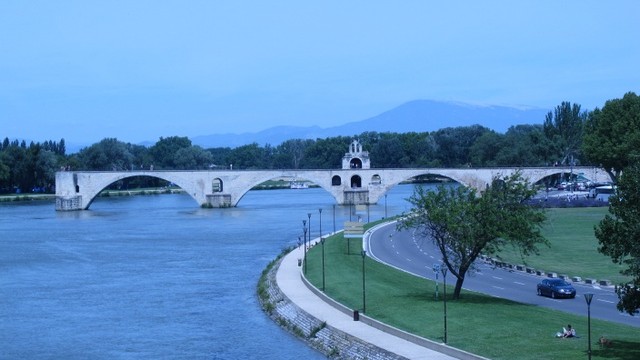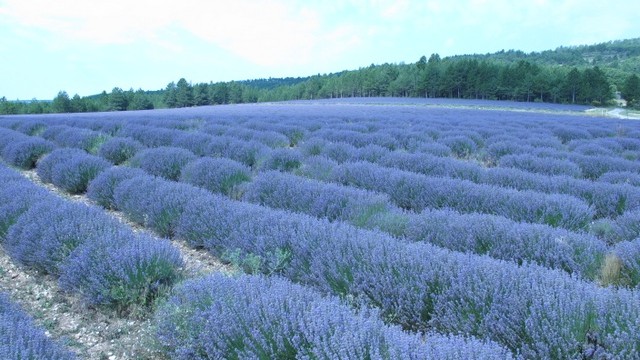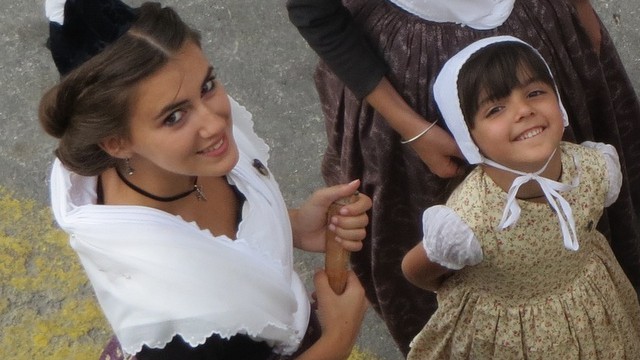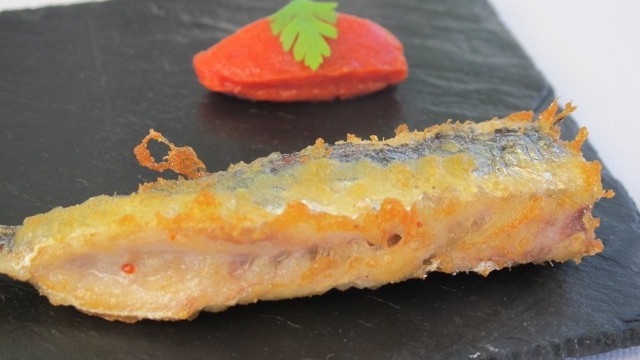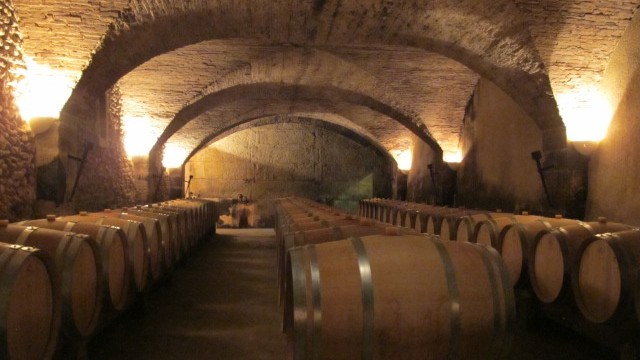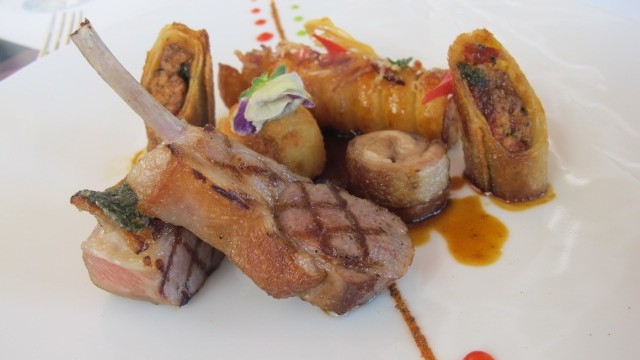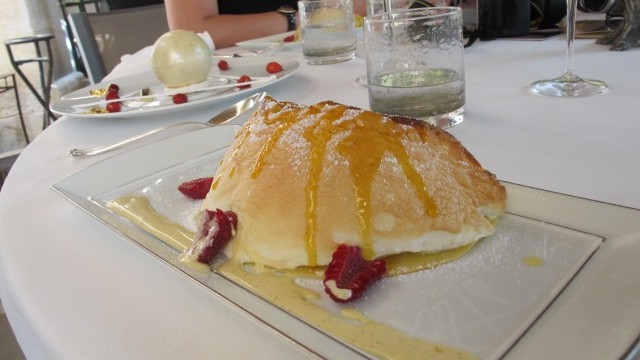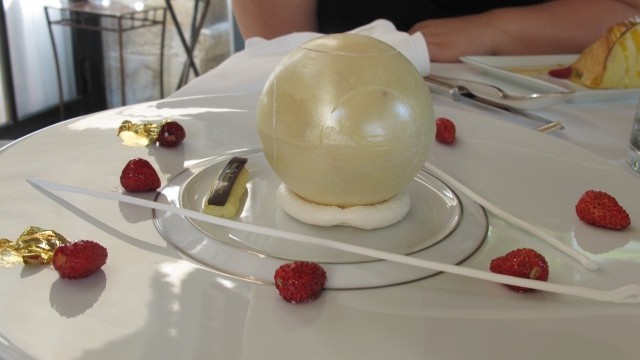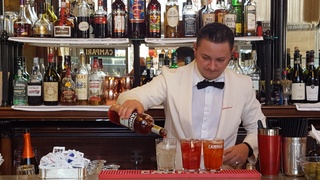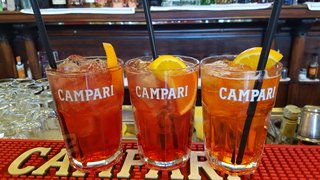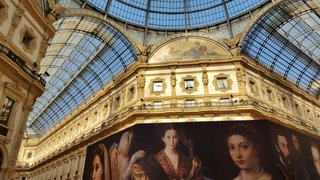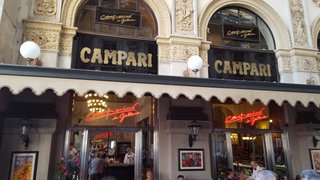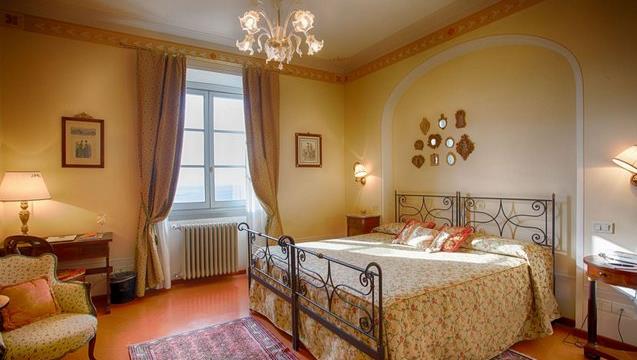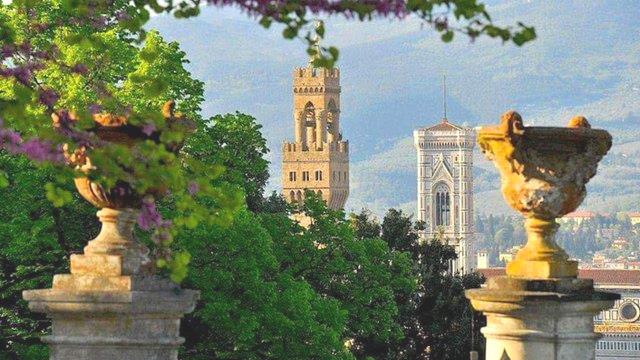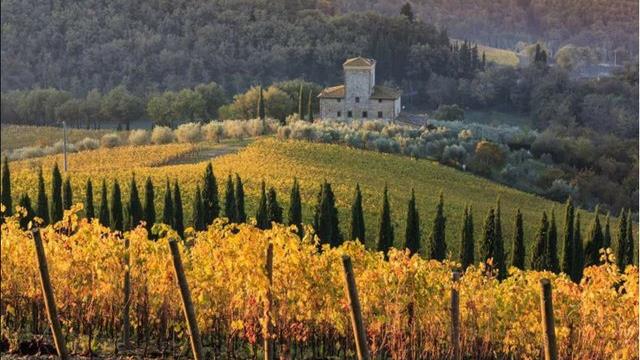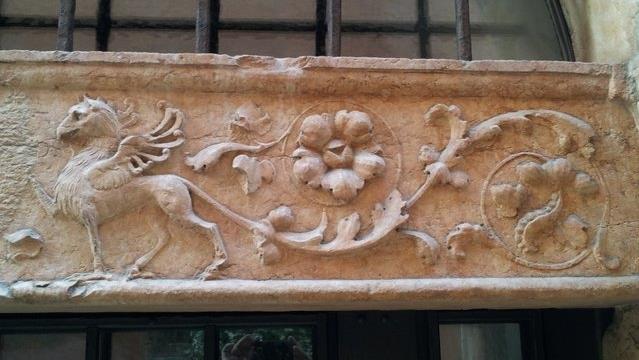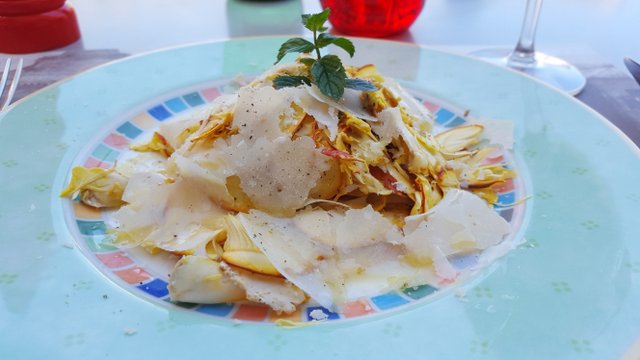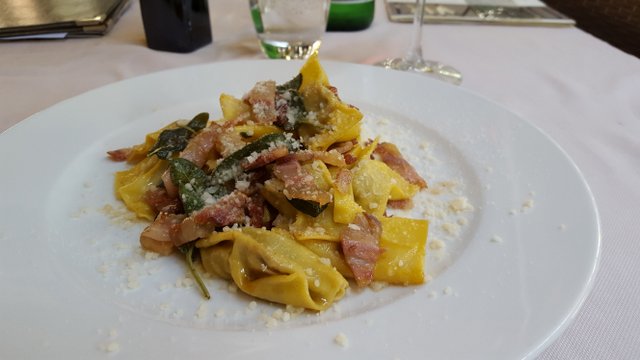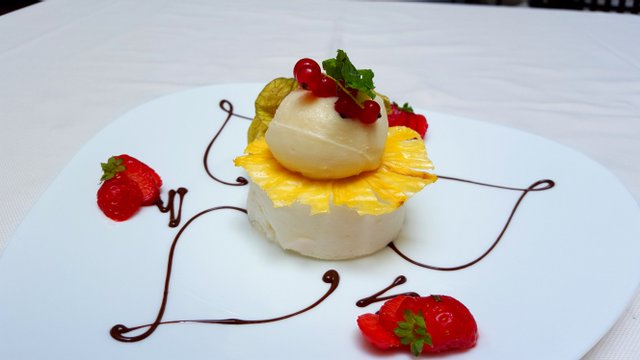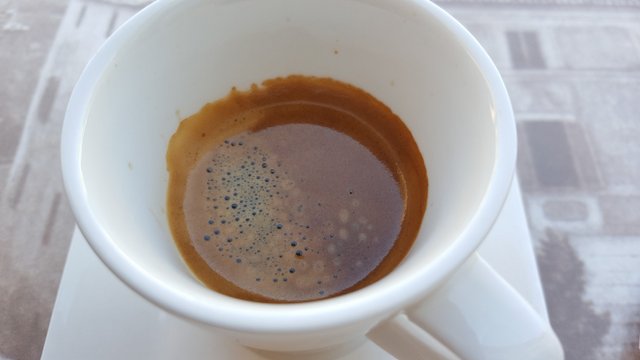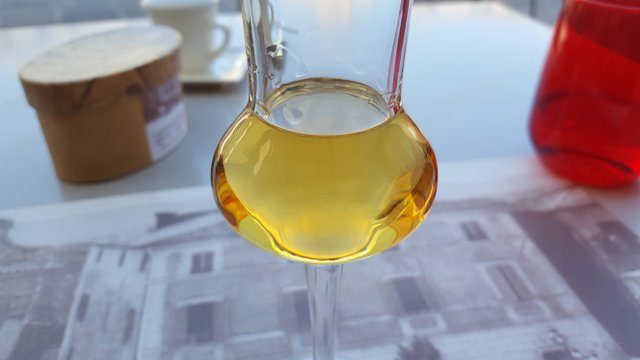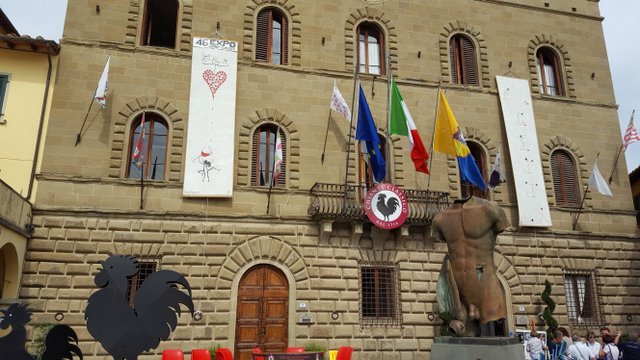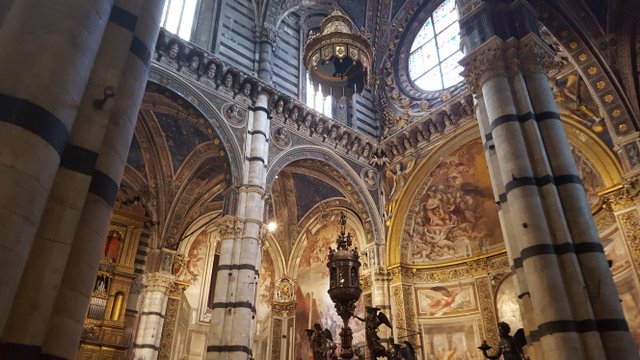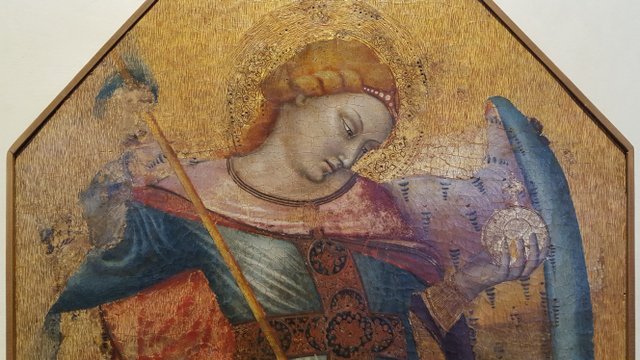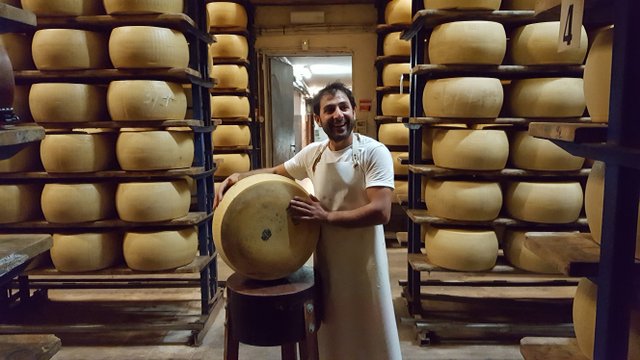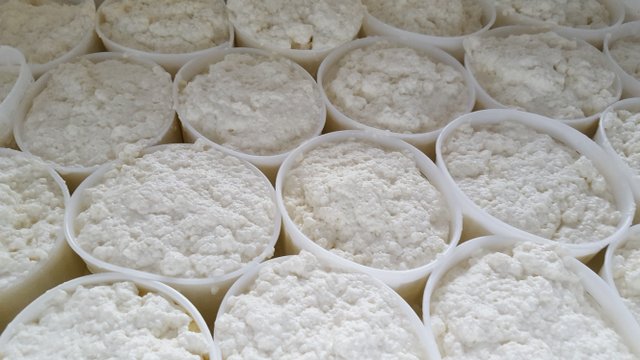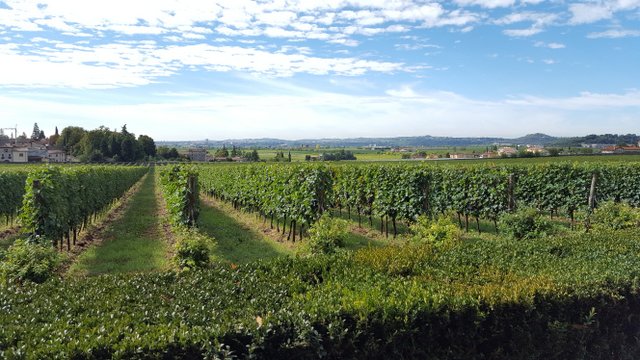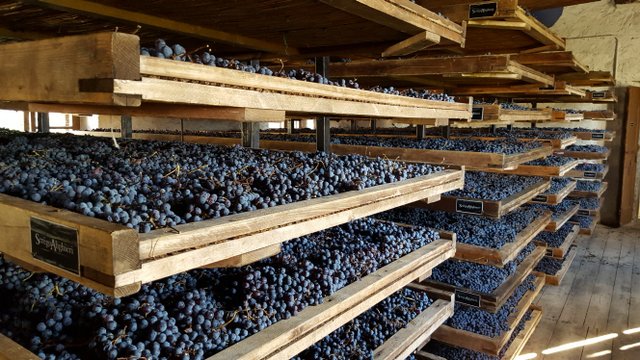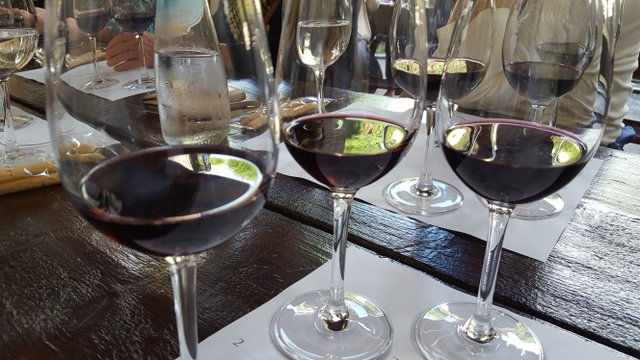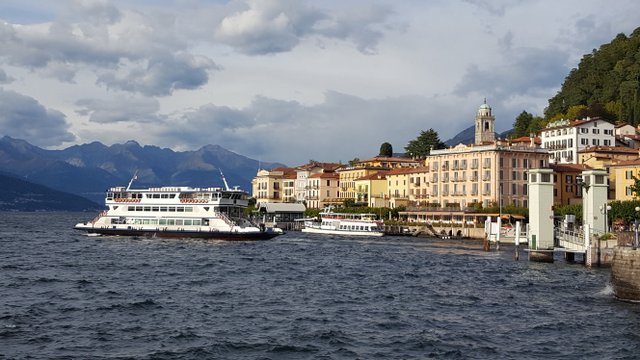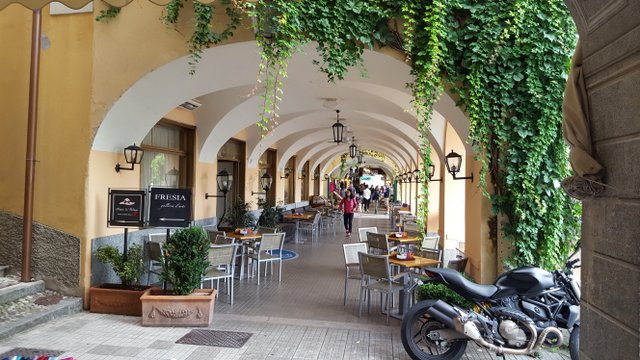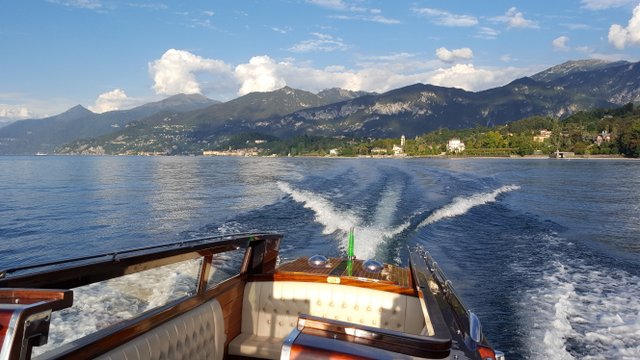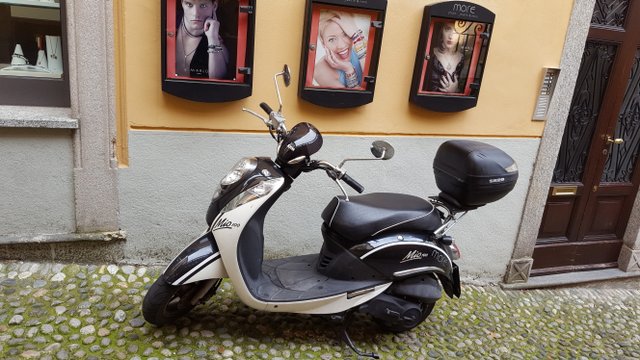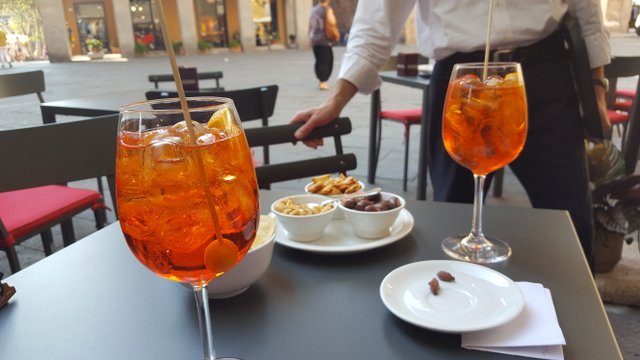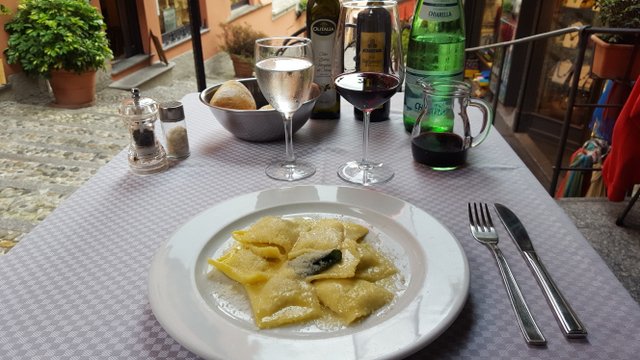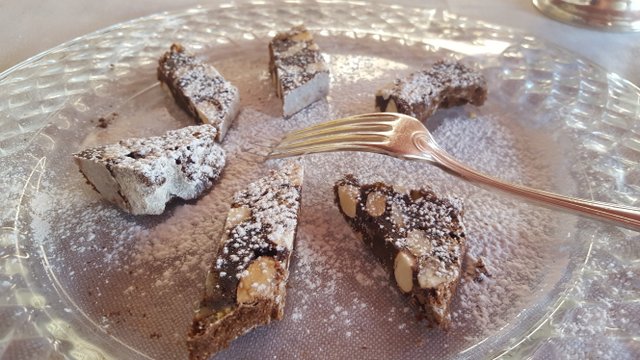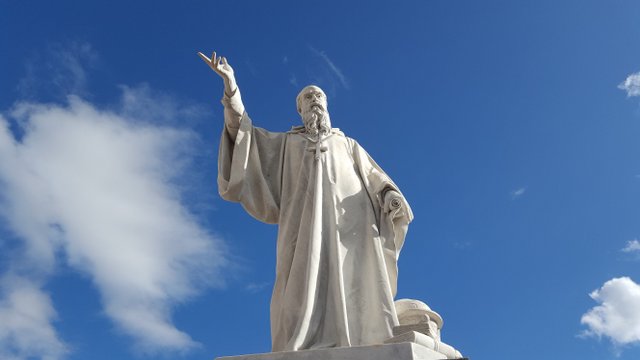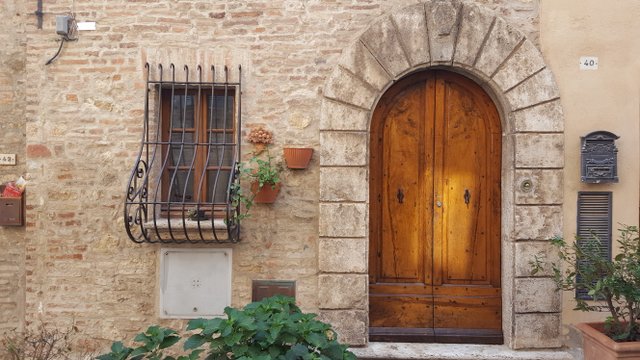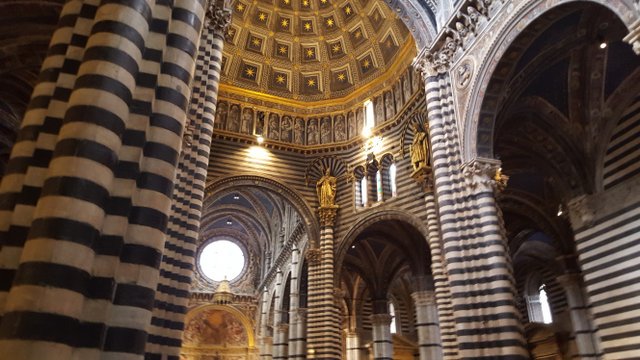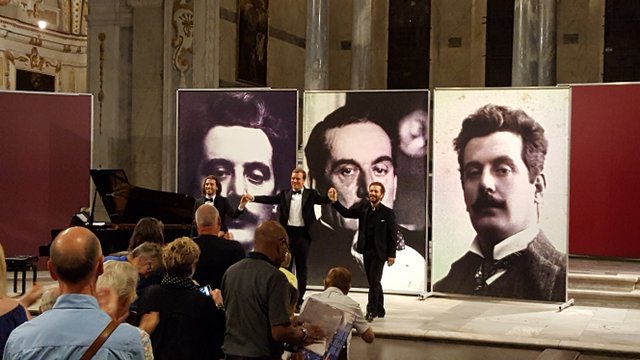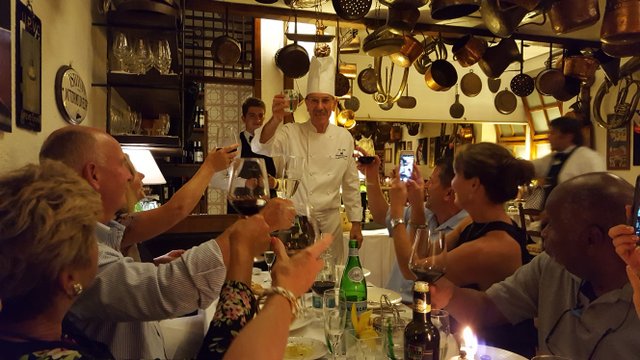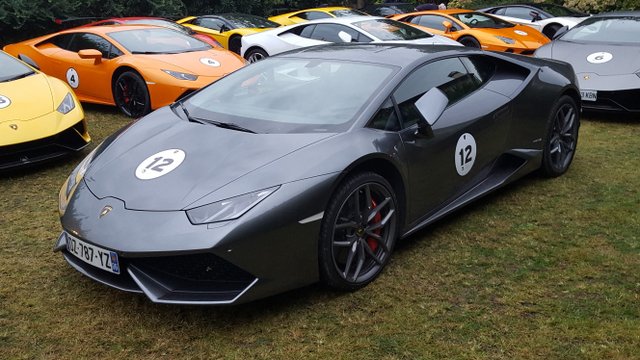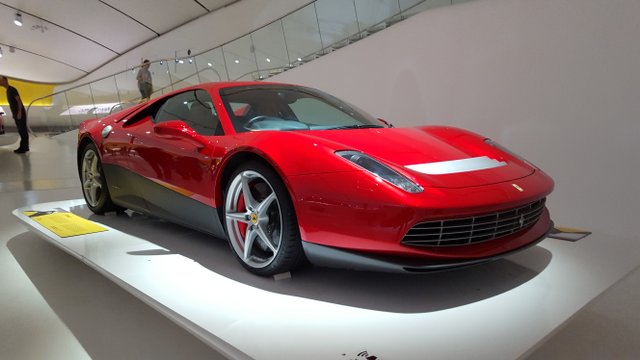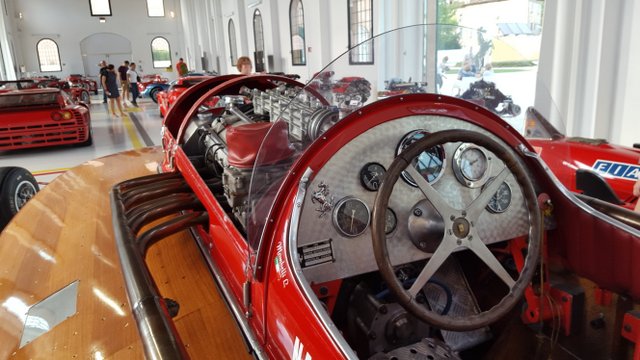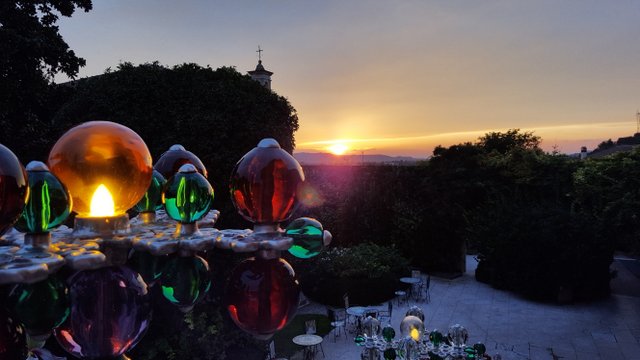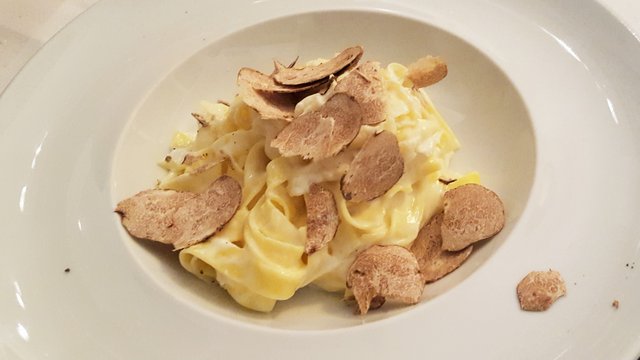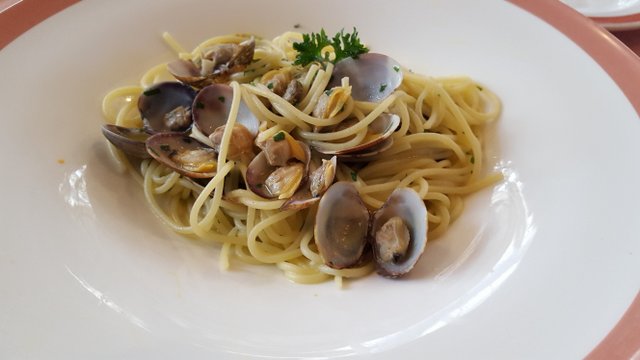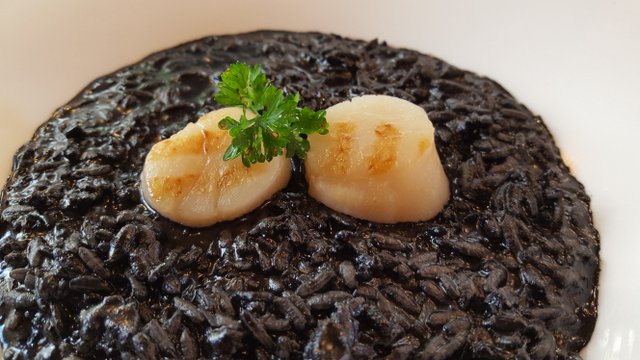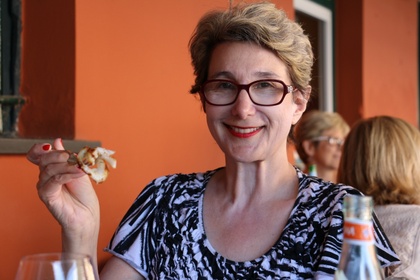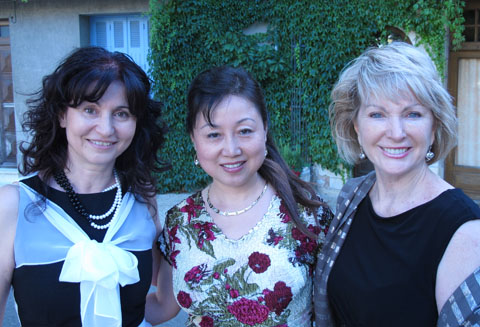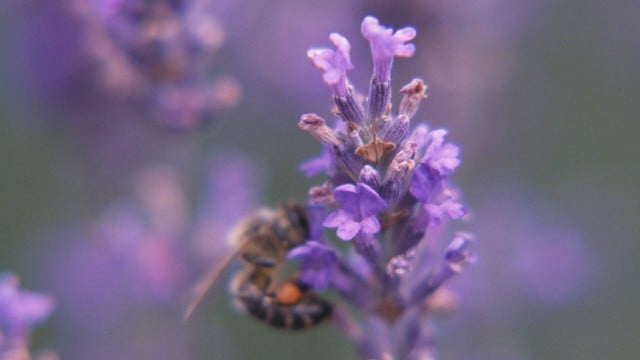
Newsletter - March 2019
Greetings from Robbi and Jim
A warm welcome to all of the members of our Aroma Tours Newsletter in over 30 countries around the world.
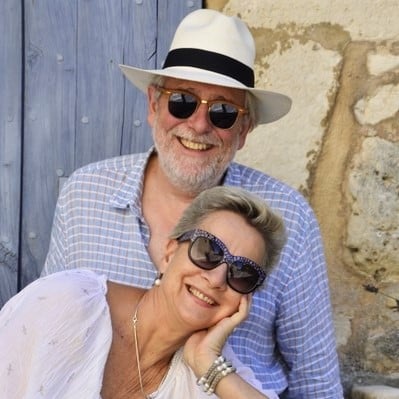
Robbi and I are excited to be finalizing the details for the beginning of another wonderful season of Aroma Tours adventures which start this May in the beautiful Spanish spring and it always delights us to begin the mental journey that leads up to our actual departure.
After 25 wonderful years, as we contemplate throttling back on the number of tours we will be offering, Robbi and I feel truly blessed to once again be sharing our passion for the fabulous places and experiences that we love, with delightful people from around the world.
This year is all set to be our most successful tour season ever with all of our tours either sold out or down to the last few places! As always, it is our returning guests and their friends who are leading this fabulous response.
- There are still a few places available in Provence and Italy and if you would like to "seize the day" and join us for one of our delightful journeys this year, we invite you to visit our tour information page for more details or our make a reservation page to reserve your place.
Aroma Travellers Our Thanks
Without doubt, the main reason that we have grown and flourished over the years, is the on-going support we have received from our past Aroma Travellers and we are thrilled to see that they continue to make up almost 65% of our guests!


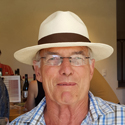
 |



 |


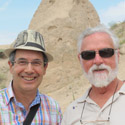
 |

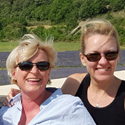

 |
We would also like to give our heart-felt thanks to all of you who continue to support us with your kind words and referrals.
Robbi and I also greatly appreciate the wonderful words of thanks we have received over the years and have added a new compilation of Guest Comments to our site.
The Story of Champagne

The story of champagne begins with the Romans who planted the first vines in
52 BC and created extensive underground limestone quarries for their
constructions which later became the famous network of "crayeres"
used for storing and ageing the wines of Champagne.
"La Champagne" - the place, is feminine in the French language and
has a very dark history full of war and suffering, yet "le champagne"
- the wine, is associated with celebration, romance and good times.
Nothing about le champagne is simple or straight forward; it is born of contradictions. It takes poor soil to make good champagne, red grapes to make a white wine, and the man credited with creating the first champagne - "a blind man who saw stars", wasn't blind, made only red wines and spent most of his life working to keep the bubbles out of his wines.
The wines of La Champagne became associated with royalty in the fifth century AD with the Frankish king Clovis, who after having defeated the Romans, and establishing his kingdom around Reims, found himself facing almost certain defeat from invading Germanic tribes.

Clovis's fiance Clotilde, a Christian, urged him to pray to her God for deliverance. Clovis who was a pagan, agreed and vowed that if God granted him victory, he would become a Christian. True to his word, after miraculously winning the un-winnable battle, on Christmas day 496, he and three thousand of his soldiers went to the church in Reims to be baptized. During the huge banquet that followed, the wine of Champagne was served. Not the champagne we know, but a cloudy, red wine with not a bubble in sight.
As a result of these events, the wines of La Champagne become famous as a celebratory drink and from then on, every king of France insisted on being crowned in Reims and celebrating afterwards with the wine of La Champagne.
It wasn't until 1686, during the rein of The Sun King [ Louis XIV ], when the son of a minor court official in eastern Champagne, Dom Pierre Perignon, by then a monk of the Benedictine order, arrived at the rundown abbey of Hautvillers, that the next chapter in the story begins:
After many years of neglect, the abbey of Hautvillers and its vineyards were in a sorry state and Dom Perignon quickly realized that the only prospect of restoring the abbey, lay in resurrecting its once famous vineyard, whose wines had graced the table of King Phillipe-Auguste and been served at the coronations of Charles IV and Phillipe VI.
So he began the back-breaking work of clearing rocks, removing weeds, importing soil and replacing poor quality vines, to: "Eliminate those that make nothing but common wine" and introduced new techniques that became know as the "Golden Rules of Winemaking" and are still in use today:
- Use only the best grapes and discard those that are broken
- Prune vines hard in early spring to avoid overproduction
- Harvest in the cool of the morning
- Press the grapes gently and keep the juices from each pressing separate.
He was also the first in Champagne to use corks for sealing bottles, rather than wooden pegs wrapped in oil soaked hemp.
By virtue of his wisdom, gifts of observation, genius for blending and assiduous hard work, Dom Perignon succeed in making [ red ] wines with more concentration, clarity, delicacy and finesse, than anyone else's. He was also sure of what he had achieved. "Monsieur, I have given you twenty-six bottles of the best wine in the world."
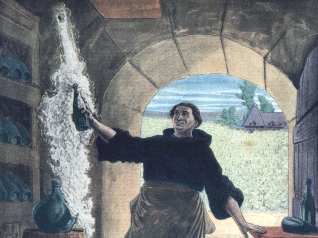
Dom Perignon didn't invent sparkling champagne [ no one did ], rather, he spent his whole career trying unsuccessfully to eliminate bubbles from his wines.
The bubbles were in fact caused by the early onset of cold weather in La Champagne which meant that the fermentation process was prematurely halted before the yeasts [ which went into hibernation ] had finished their work. Once the weather warmed up again in March, the yeasts would be resurrected and re-kindle the fermentation process. This capricious behaviour of nature was considered a flaw in the wine [ no one at the time knew about the role of yeasts ].
Louis XIV [ The Sun King ] like the other Kings of France before him, was crowned in Reims and celebrated with the wines of La Champagne. Over the next fifty years he rarely drank anything else and, as a result of his patronage and the desire of other nobles in France and abroad to imitate him, the winemakers of Champagne [ and Louis ] became very prosperous indeed.

By the 1730's, Louis XV along with the rich and noble of Europe were rushing to experience the new fashion of drinking sparkling white wines from La Champagne. Louis even commissioned a painting "Le Dejeuner d'Huitres" [ The Oyster Lunch ] showing for the first time the cheery explosion of a cork from a bottle of le champagne. For Louis this new wine was the perfect symbol of the good life - gaiety, lively conversation, and elegance.
In the beginning of this era, sparkling champagne only accounted for a tiny proportion of the wines coming from La Champagne, largely because of it's capricious nature; sometimes it was flat and lacked effervescence, and at other times was "green and hard as a dog". Also it was dangerous, and due to its unpredictable habit of exploding in bottle, it was dubbed "The Devil's Wine".
Workers in the cellars of Champagne were obliged to don metal masks and heavy clothing to try and protect themselves from these explosive bottles. In some cases 90% of the bottles were lost, leaving the cellars resembling "foamy swamps". Given the risks, many Champenois were amazed when a young winegrower by the name of Claude Moet announced that he was turning over his entire production to the creation of this Devil's sparkling white wine.
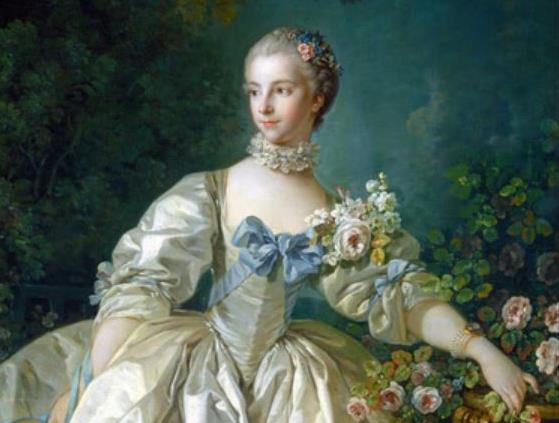
Moet was a consummate salesman and believed that a new era was at hand. He very cleverly introduced his new sparkling champagne to Louis' mistress Madame de Pompadour, who remarked that "champagne is the only wine that leaves a woman beautiful after drinking it".
The celebrity of the new wine was further enhanced by the philosopher Voltaire [ a favourite of Madame de Pompadour's ] who wrote: "De ce vin frais l'ecume petillante, De nos Francais est l'image brilliante - The character of the French is mirrored in the sparkle of champagne.
Voltaire referred to the new sparkling white wine simply as "champagne", rather than "vin de Champagne" as most people knew it at the time. It was a distinction that Madame de Pompadour was very adamant about and promoted strongly, and continues to this day.
The full history of champagne is full of twists and turns, struggle and triumphs but in the end perhaps Lily Bollinger sums up the place this iconic wine has found in our way of life:-
- "I drink champagne when I am happy and when I am sad. Sometimes I
drink it when alone. In company I consider it compulsory. I sip a little if I am
hungry. Otherwise I don't touch it - unless I'm thirsty of course."
~ Lily Bollinger
Our Current Booking Status
Robbi and I are thrilled to see the outstanding response for our 2019 season ( our best ever result ), with most of our tours already sold out and the remainder down to the last few vacancies.
- There is still time for you to join us this year but you will need to contact us to secure your place very soon.
- News-flash: 1 vacancy has just become available (due to a cancellation) for our highly popular Bali Women's Retreat.
The current booking status for our 2019 season at the time of this newsletter is:-
| List of Tours for 2019 | ||
| Flavours of Spain | 20 - 27 May 2019 | SOLD OUT |
| Spanish Gourmet Pilgrimage | 27 May - 3 June 2019 | SOLD OUT |
| Flavours of France (invite only) | 10 - 17 June 2019 | SOLD OUT |
| Heart of Provence | 24 June - 1 July 2019 | 2 vacancies |
| Essential Provence | 1 - 8 July 2019 | 3 vacancies |
|
Treasures of Provence (ladies only special event) |
12 - 19 July 2019 | SOLD OUT |
| Sojourn in Provence (private group) | 20 - 27 July 2019 | SOLD OUT |
| Aromas of Tuscany | 3 - 10 September 2019 | 2 vacancies |
| Flavours of Italy | 10 - 17 September 2019 | 2 vacancies |
| Bali Women's Retreat | 7 - 14 September 2019 | 1 vacancy |
| Bali Women's Retreat | 16 - 23 September 2019 | SOLD OUT |
Next year's tour season is already off to a flying start with most of our tours currently at least half full:-
| List of Tours for 2020 | ||
| Flavours of Spain | 18 - 25 May 2020 | 4 vacancies |
| Spanish Gourmet Pilgrimage | 25 May - 1 June 2020 | 4 vacancies |
| Flavours of France (invite only) | 8 - 15 June 2020 | 5 vacancies |
| Heart of Provence | 22 - 29 June 2020 | 8 vacancies |
| Essential Provence | 29 June - 6 July 2020 | 9 vacancies |
|
Treasures of Provence (ladies only special event) |
10 - 17 July 2020 | 5 vacancies |
| Aromas of Tuscany | 1 - 8 September 2020 | 8 vacancies |
| Flavours of Italy | 8 - 15 September 2020 | 10 vacancies |
| Bali Women's Retreat | 5 - 12 September 2020 | SOLD OUT |
| Bali Women's Retreat | 14 - 21 September 2020 | 8 vacancies |
- For detailed information about any of our tours please visit our tour information page and if you would like to join us please visit our make a reservation page.
- If you would like us to hold your place(s) for a few days so that you have time to comfortably make your other arrangements please let us know at jim@aroma-tours.com
- It is our pleasure to assist you with any questions you may have and we invite you to get in touch with us at jim@aroma-tours.com
Please note
- Our up-to-the-minute booking status is available via our calendar page
- If the tour you would like to attend becomes fully booked, please let us know if you would like us to add you to the waiting list for that tour in case a place becomes available due to a cancellation.
Photos of our Aroma Tours in Provence
Photos are a great way to enjoy and be inspired by the lovely places and experiences that we share with our guests amongst the beauty of Provence each year with its sweeping purple lavender and golden sunflower fields, colourful markets, lovely hilltop towns, stunning restaurants and food and wines. Provence will make your heart sing and both our Heart of Provence and Essential Provence tours are a delightful exploration of this most beautiful of regions.
- Only 5 vacancies remaining for 2019
We invite you to join us to explore some of these wonderful places, people and experiences with us and take your own "selfie" memories.
- For more details please visit our tour information page and if you would like to share a wonderful adventure with us in beautiful Italy, you can reserve your place via our make a reservation page
The Story of Campari
In Italy there is a long tradition of drinking a bitter aperitivo to stimulate digestion before a substantial meal.
One of the most famous is Campari which is an alcoholic infusion of more than 60 natural ingredients including bitter herbs, aromatic plants, barks and fruit peels with a distinctive red colour, originally derived from ground cochineal bugs ( a common natural food colouring ).
Gaspare Campari started his career as an apprentice licoriste ( drink maker ) in 1842, aged fourteen, at the Bass Bar located in the shadow of the main cathedral of Turin. Around this time, bitter aperitivi and digestivi were all the rage in Europe and once Gaspare had learnt the art of making infusions and macerations he quickly gained a reputation for his own creations.
He continued to live and work in Turin until in 1862, after tragically loosing his wife and two children to cholera, he re-married and moved to Milan where, with his new father-in-law's help, he set up a small cafe in the Coperto dei Figini, right next to the world's largest Gothic Cathedral.
Not long afterwards the Milanese city fathers decided that the Coperto dei Figini would be demolished to allow for the construction of the magnificent Galleria Vittorio Emanuelle II. Gaspare siezed on this opportunity and managed to have his cafe located at the gallery entrance in return for the inconvenience he would suffer. From that point on his fortunes flourished. The rich and famous began to patronize his cafe and the aperitif he'd created, which he simply named "Campari" after himself, became the most popular drink in Milan and then throughout the region.
After Gaspare's death in 1882 the Campari tradition was continued by his son Davide who's marketing skills brought Campari to world wide renown: Davide Campari's name appears on every bottle of Campari to this day.
Campari is typically mixed with orange juice or carbonated water and is also used to create pre-dinner cocktails that stimulate the appetite. One of the most popular being the classic Negroni cocktail:
- Blend together equal parts of Campari, gin and Cinzano Rosso then serve over ice with an orange peel garnish.
Italy in Autumn - Bellissimo!
Italy in autumn is a magnificent kaleidoscope of colourful landscapes, beautiful hilltop villages, ripe grape vines, celebration and joy for life.
During our Aromas of Tuscany and Flavours of Italy tours we absorb the passion of the Italian lifestyle and savour the delightful flavours of the land's bounty, along with the rich cultural heritage evident in the art, architecture, historical sites, festivals, fashion, design, craftsmanship and unique approach to living.
Those of us who journey here are all destined to be transformed by the magic of Italy - feeling more joyful by the moment, speaking more enthusiastically, smiling broadly and even indulging in a bit of emphatic arm waving!
- Only 4 vacancies remaining for 2019
- If you would like to join us this year to explore the "Dolce Vita" in Bella Italia, we invite you to visit our tour information page for more details or our make a reservation page to reserve your place.
Travelling Solo in a Group
As well as couples and friends travelling together, we are regularly joined by solo travellers - mostly women, who appreciate being able to journey with liked minded people from around the world, without the need to do all the planning and take on the daunting task of touring by themselves.
Joining one of our small group tours is easy and we have already made all of the arrangements on your behalf to ensure that you have a delightful, stress-free holiday with the focus on having fun.
Having a ready-made group of friends to travel with, and us to take wonderful care of you is the way to go!
- There is no extra charge for solo travellers who are willing to share a room with another same gender guest from our group.
We have carefully crafted off-the-beaten-path itineraries that are the perfect balance of structure, experiences, details and free time to enjoy in your own way.
There have been a significant number of guests over the years who and have joined us multiple times, some of whom have become dear friends.
- Mona Smith, pictured at the beginning of this snippet, holds the record for the most tours attended by a solo traveller - she has journeyed with us 10 times and this year will be her 11th!
- Susan Troxell from NYC is a close second and has joined us 9 times with a 10th coming next year.
Provence Reflections
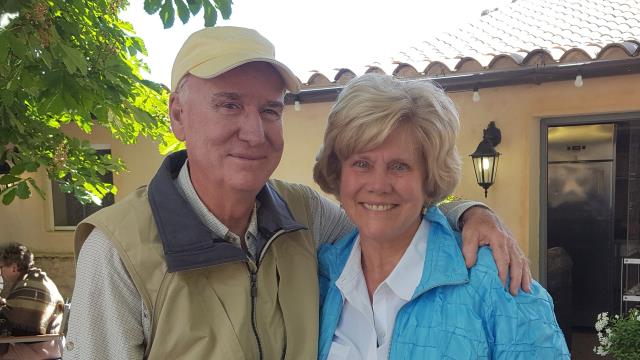
We have collected many lovely comments from our guests over the years but this one from Shannon and Scott Peck from the USA is one of our favourites.
"Our two Aroma Tours of Provence were beyond our wildest imagination in every way!
From the moment the tour began we found ourselves smiling and relaxing under the wonderful care of Robbi and Jim, who were both entertaining as well as super organized down to every detail. We didn't have a single worry the entire time!
Our job was to enjoy ourselves! That was rule #1! Their selection of places to see and things to do were superb! Every day we found ourselves almost overwhelmed by the beauty surrounding us, the exquisite meals, the history and inspiration.
We returned home feeling the most enriched we have every felt. I kept using the phrase, "blissed out!" throughout the tours. We miss Provence and its wonderful people!
We can never thank Robbi and Jim enough for the trip of our life time! And we deeply appreciate their constant care-taking and empathy towards our happiness, every day! It worked! You two are geniuses at this!" You did it all with great heart!
We look forward to another tour in the near future! Please don't retire just yet!" Thanks a billion for all the laughter, fun, and great times learning and experiencing the most wonderful place on earth!"
Our Invitation
Robbi and I look forward to welcoming you to one of our delightful tours or retreats as we continue moving towards our retirement in the next few years.
- For detailed information about any of our tours please visit our tour information page and if you would like to join us please visit our make a reservation page.
- As always if you have any questions or if you would like us to assist you personally with advice about your travel arrangements or with any other details please contact us at info@aroma-tours.com
Warmest regards,
Jim and Robbi

